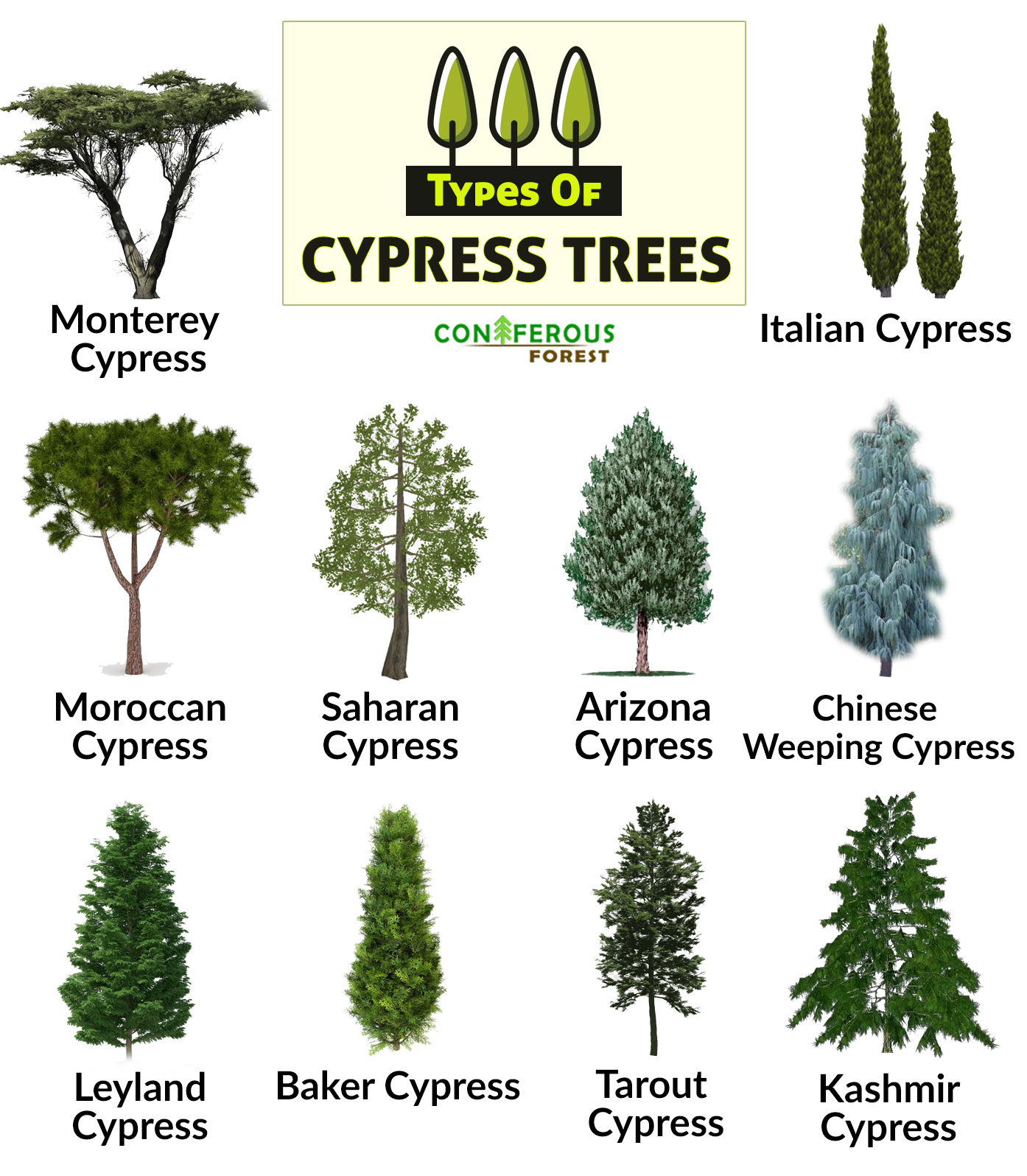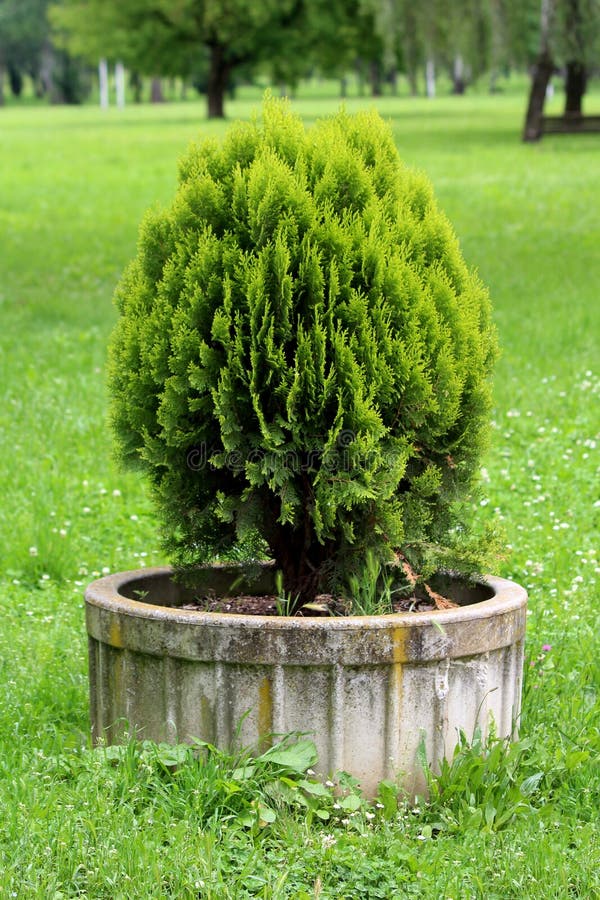Decorative cypress trees have long been celebrated for their majestic appearance, versatility in landscaping, and ease of care. As someone who has cultivated various cypress varieties in my own garden, I’m excited to share my insights, highlighting everything from their types and characteristics to how to effectively integrate them into your outdoor space.
What Are Decorative Cypress Trees?
Decorative cypress trees belong to the family Cupressaceae and are known for their distinctive columnar shape and soft, evergreen foliage. Native to various regions around the world, these trees can thrive in diverse climates, making them a popular choice among gardeners.
Characteristics of Cypress Trees
- Evergreen Foliage: Cypress trees maintain their foliage year-round, adding color and life to your landscape.
- Height: These trees can range from small shrubs to towering giants, giving you plenty of options for different spaces.
- Resilience: Generally, they are tolerant of various soil types and can withstand drought conditions once established.
Common Varieties of Decorative Cypress Trees
| Variety | Height | Spread | Growth Rate | Best Use |
|---|---|---|---|---|
| Italian Cypress (Cupressus sempervirens) | 40-60 feet | 3-5 feet | Slow | Vertical accent, privacy screens |
| Monterey Cypress (Cupressus macrocarpa) | 50-70 feet | 20-30 feet | Moderate | Windbreaks, coastal gardens |
| Lawson Cypress (Chamaecyparis lawsoniana) | 50-100 feet | 15-30 feet | Slow to moderate | Specimen tree, hedges |
| Hinoki Cypress (Chamaecyparis obtusa) | 30-50 feet | 15-25 feet | Slow | Japanese gardens, ornamental use |
Benefits of Adding Cypress Trees to Your Landscape
Incorporating decorative cypress trees into your yard can transform your outdoor environment in several ways:
1. Aesthetic Appeal
The tall, slender profile of cypress trees adds an elegant touch to any garden design. They can serve as stunning focal points or provide privacy and structure along boundaries.

2. Versatility
From formal landscapes to rustic gardens, cypress trees fit seamlessly into various themes. They can be used as windbreaks, privacy screens, or even topiary specimens.
3. Low Maintenance
Once established, most cypress trees require minimal care, making them perfect for busy homeowners. They are generally pest-resistant and need little watering in well-drained soils.

Personal Experience: My Journey with Cypress Trees
When I first planted Italian cypress trees in my backyard, I was amazed at how quickly they grew into elegant pillars, providing the much-needed privacy from my neighbors. The way they swayed gently in the wind always brought a feeling of tranquility to my outdoor retreat.
Planting and Care Tips for Cypress Trees
Successfully growing cypress trees requires a few key considerations:

Choosing the Right Location
Cypress trees thrive in full sun to partial shade. Ensure good air circulation and avoid planting in overly damp or poorly-drained sites.
Soil Requirements
While cypress trees are adaptable, they prefer sandy loam with good drainage. A slightly acidic to neutral pH level is ideal.

Watering Practices
During the first year, regular watering is essential to help establish root systems. After that, they are relatively drought-tolerant.
Fertilization and Mulching
Applying a balanced fertilizer in early spring boosts growth, while a layer of mulch helps retain soil moisture and suppress weeds.

Potential Challenges with Cypress Trees
Like all plants, cypress trees come with their own set of challenges. Here’s what to watch for:
Pests and Diseases
Cypress trees may be susceptible to certain pests such as aphids and spider mites, as well as diseases like cypress canker.

Environmental Considerations
Some varieties are sensitive to extreme cold or wet conditions. Research your specific type to ensure it’s suitable for your climate.
Pros and Cons of Cypress Trees
| Pros | Cons |
|---|---|
| Beautiful, evergreen appearance | Some varieties require ample space |
| Low maintenance once established | Pest and disease issues can arise |
| Versatile use in various garden styles | Potential sensitivity to extreme climates |

Landscaping Ideas with Decorative Cypress Trees
Here are a few creative ideas to integrate cypress trees into your landscape:
1. Create a Vertical Garden
Use cypress trees to frame a vertical garden wall, adding texture and height to your outdoor space.
2. Line Walkways or Driveways
Planting a row of cypress trees along your driveway or pathway can create a stunning entrance to your home.
3. Mixed Borders
Combine cypress with flowering shrubs and perennials for a colorful and texturally rich garden.
Frequently Asked Questions (FAQs)
What is the best time to plant cypress trees?
The ideal time to plant cypress trees is in the spring or early fall when the weather is cooler and more conducive to root establishment.
How fast do cypress trees grow?
Growth rates vary by species; some, like Monterey cypress, grow moderately while others, like the Italian cypress, may take longer to reach their full height.
Are cypress trees invasive?
Most species of cypress are not considered invasive; however, it’s always good to check local regulations and guidelines regarding native versus non-native species.
Can cypress trees be pruned?
Yes, cypress trees can be pruned to maintain shape and size but should be done cautiously to avoid damaging the plant.
Conclusion
Decorative cypress trees are not only stunning additions to any landscape but also practical choices for gardeners seeking low-maintenance, resilient plants. With the right care and planting strategies, these trees can thrive and provide beauty for years to come. Whether you are looking to create privacy, enhance your garden’s aesthetic, or simply enjoy the splendor of these evergreen giants, cypress trees are an excellent choice!